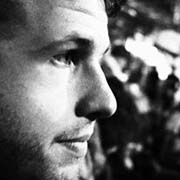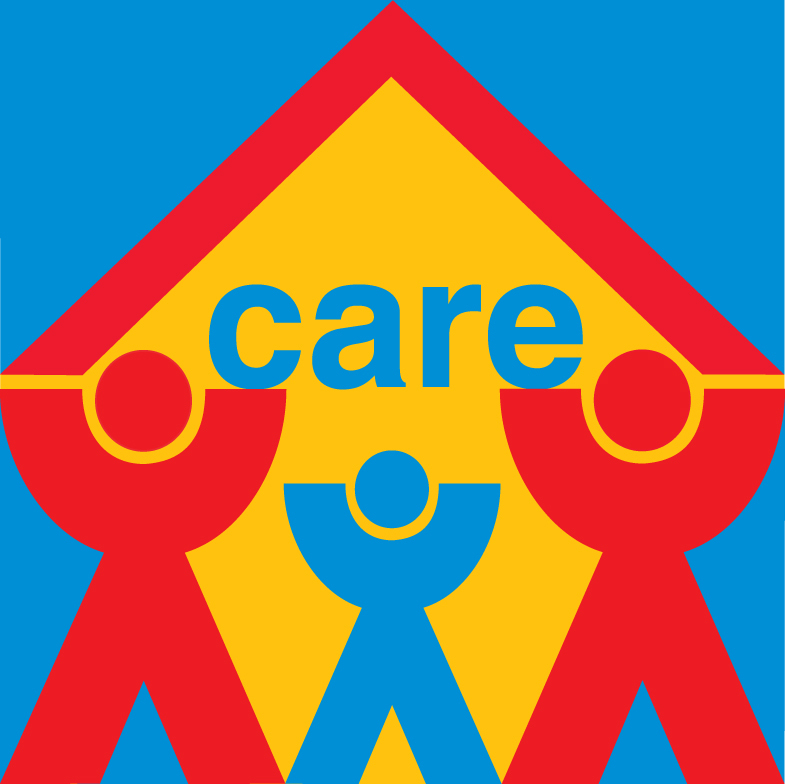 New blogger Evan King has been at the Ranch for five and a half years and is currently in Australia completing his field practicum experience for his MSW program through the University of Regina. His placement is with a community-based agency which works with homeless youth in a clinical setting.
New blogger Evan King has been at the Ranch for five and a half years and is currently in Australia completing his field practicum experience for his MSW program through the University of Regina. His placement is with a community-based agency which works with homeless youth in a clinical setting.
In my experience in facilitating groups with youth I always find the most interesting aspect of the group is how it develops and grows in a therapeutic manner. Youth can be quite reserved and quiet in the start of groups, especially with other young people in the group. We have all been there – the demand to be accepted by your peers is a sensitive and often threatening task for young people. They want to be accepted and develop positive friendships. Furthermore, bullying is an every expanding issue in schools and other social institutions of youth and many youth are anxious around being the target of bullying. This fear can greatly reduce a young person’s ability to participate actively in a group.
Despite all these barriers that marginalized youth have to overcome, group therapy continues to have positive outcomes and results for the young people involved. How? It all depends on how the group is able to evolve as an entity and as a living organism. In many successful therapeutic groups for youth, there is a turning point where the group comes together as one in an amalgamation of empathy, union, and support. It is a complete pendulum swing – shifting the group from separate beings this individualistic anxieties to an amalgamated organism of healthy support and mutually shared therapy.
Currently in my social work practicum with an agency known as “HYPA” in Adelaide, Australia, I was provided with the opportunity to co-facilitate a leadership group which focused on young people becoming mentors and leaders within a social program that houses homeless young people. This leadership group was composed of eight young people who had been exposed to homelessness due to many social barriers such as family breakdown, challenges in the education system and involvement in the justice system. These young people in the group were successful in overcoming their emotional and situational challenges they were faced with in their life. Amazingly, two of the eight young people are attending university, four are working, and all of them are living independently in agency funding housing units.
In the beginning stages of the group was resilience and shyness from the young people. They were not yet ready to share on a personal level. They kept their sharing on a ‘safe level’ which consisted of discussing current successes in school or work, what they like to do with peers, and some positive experiences they have had in leadership roles. They utilized these discussions to ‘feel out’ the group and to develop a sense of comfort in the group.
The pendulum swing which would shift this group into a therapeutic organism came at a significant and powerful time in this group. It came at a time when a young person needed the emotional and social support that the young people in the group could provide. The lead facilitator had developed an exercise where she cut up about 40 pictures from magazines that represented ways to cope with stress. Some were positive and healthy and some were negative coping strategies. She then asked all the young people to pick at least two magazine clippings one positive and one negative and then to explain to the group why they chose the specific clipping and to provide some examples in their life with this coping strategy. When all the youth finished selecting their clippings they started to share. A charismatic young man started and shared his picture of going to the gym and hanging out with his friends. Another young person shared after showing pictures that represented their love for books and how they used reading to cope with stress. The members of the group participated actively, but were still engaging in ‘safe sharing’.
The group was done sharing when a member of the group pointed out that a young person in the group had hidden their pictures under a blanket and did not share them with the group. The facilitator had missed this and apologized to the young person who was hiding her pictures and asked her to share. The young person then said that they did it on purpose and did not want to share anymore. The group stated in a positive manner that they wanted to hear hers and provided a warm environment for her to share.
She stated to the group, “mine are all bad, none of you shared bad ones”. The group was humbled and was quiet. The young person took her pictures and flipped them over and stated, “I drink, I abuse prescription drugs, and I get into fights with my friends”.
The significance of her emotionally and personally opening up was taken very delicately and positively by the group. The charismatic young person who opened up the sharing replied to her, “that’s why I was incarcerated in the facility, I hit my mate, and my father hit me so I hit my mate thinking that was right. He said he was going to kill himself and I was having none of that”. The empathy that exuded from the others contributing to the group and sharing coping methods they would like to overcome developed a highly supportive environment. Comfort and understanding became a staple, and as a result the young people became a group rather than an aggregation of independent individuals. They became an entity where they all bonded and moved forward together in cohesive and therapeutic manner. This was a very powerful moment to be apart of and a good way to show nervous or pushy group facilitators such as myself to relax and let groups move forward at their own pace.
Alright – time for the beach and James Blunt. . . I mean Pearl Jam (James Blunt).


